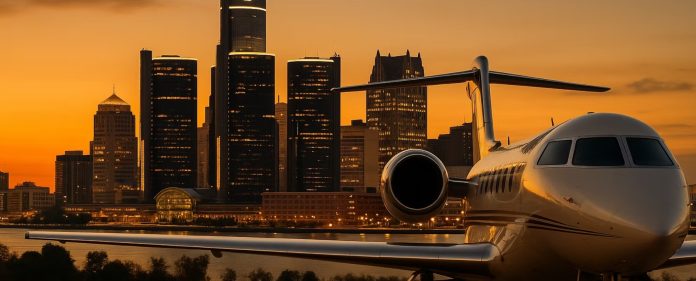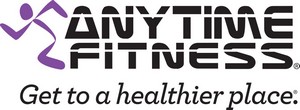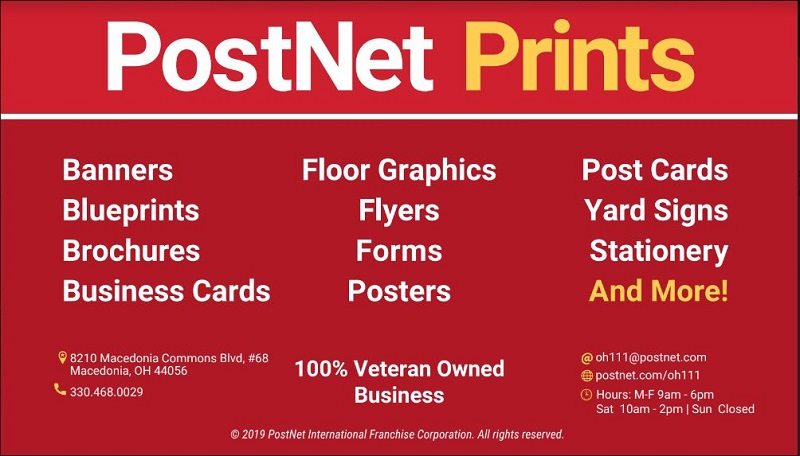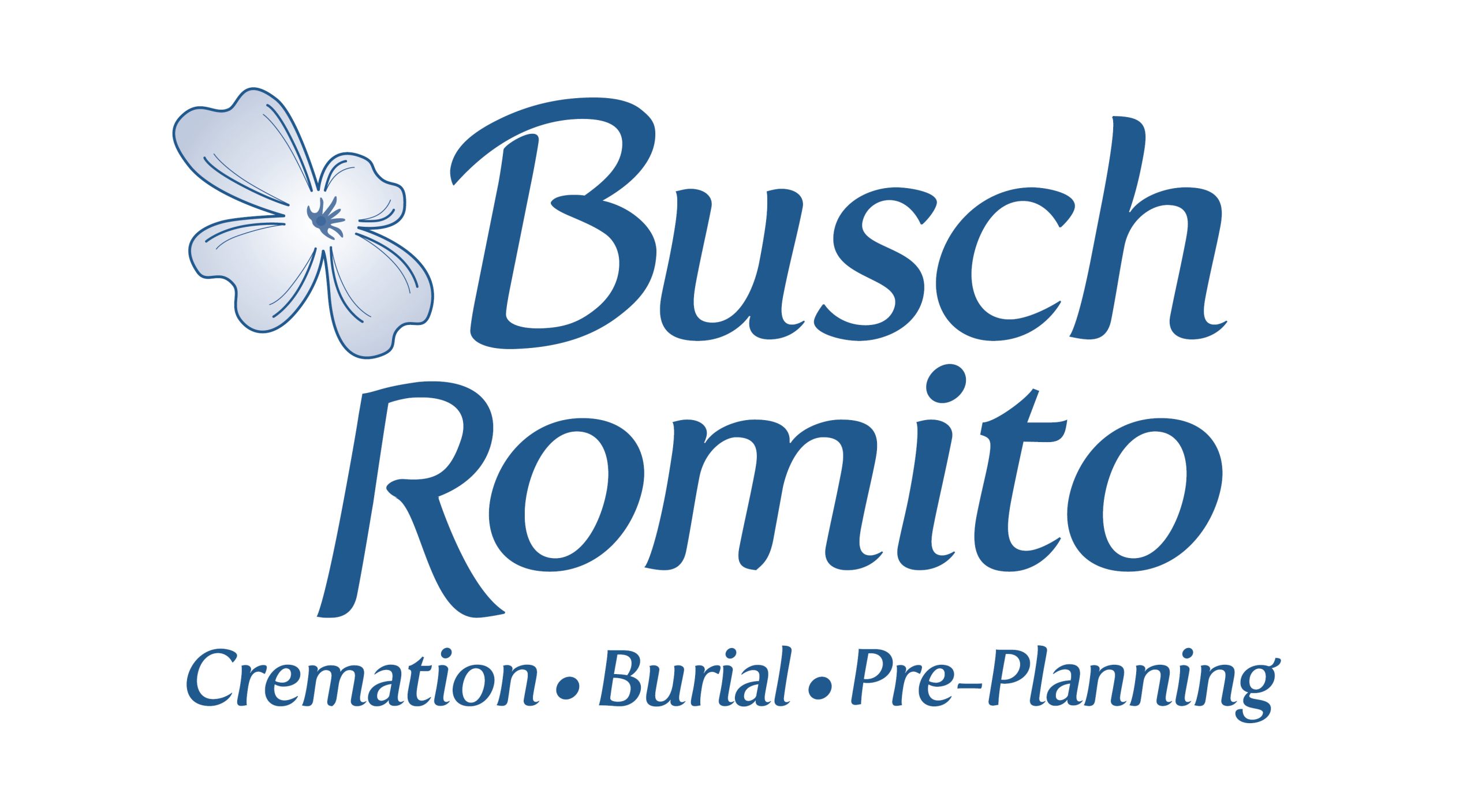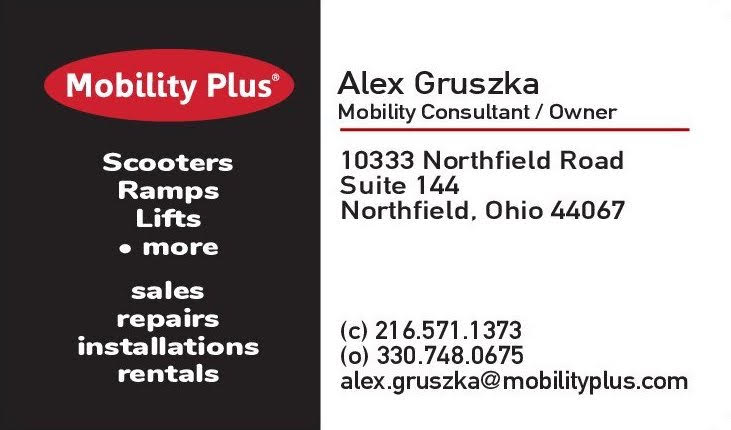Breaking Down the Real Cost Analysis
The debate over private jets vs commercial airlines persists in boardrooms across the country, often dismissed as a luxury consideration rather than a legitimate business decision. But the reality of private aviation economics tells a more nuanced story. For certain travel scenarios, flying private can actually make solid financial sense—even for businesses watching their bottom line. Understanding when that equation tips in favor of private aviation requires looking beyond the sticker shock of charter rates and examining the complete picture of travel costs and productivity.
The Hidden Costs of Commercial Travel
When evaluating private jets vs commercial airlines, most people compare only the ticket prices, making an apples-to-oranges comparison. A $500 commercial ticket looks dramatically cheaper than a $5,000 charter seat—until you account for everything that ticket doesn’t include.
Commercial airline travel carries significant hidden costs that rarely appear in the initial price comparison. These include airport parking fees that can run $20-40 per day at major airports, meals purchased during layovers, overnight hotel stays when connecting flights don’t align with schedules, and ground transportation on both ends of the journey.
More significantly, commercial travel imposes substantial time costs. Arriving two hours early for domestic flights, navigating security lines, waiting at gates, and dealing with connections can easily add four to six hours to a trip that might only involve two hours of actual flight time. For business travelers billing at professional rates, those hours represent real money leaving the company ledger.
Private Jets vs Commercial Airlines: When the Math Starts Working
Private aviation begins making financial sense in several specific scenarios. The first and most obvious is group travel. When four or more people need to make the same trip, the per-person cost of a charter flight drops dramatically while the commercial alternative rises with each additional ticket purchased.
Consider a scenario where four executives need to travel from Cleveland to Pittsburgh for a day of meetings. Commercial tickets might run $400 each roundtrip—$1,600 total. A light jet charter for the same route might cost $4,000-5,000. The price gap narrows, but commercial still appears cheaper on paper.
However, factor in the ability to depart at 7 a.m. instead of catching a 6 a.m. commercial flight (requiring a 4:30 a.m. airport arrival), conduct confidential business discussions during the 45-minute flight, land at a smaller airport 15 minutes from the meeting location instead of 45 minutes away, and return home the same evening instead of staying overnight. Suddenly those executives have gained back 8-10 hours of productive time and eliminated four hotel rooms at $200 each.
The Time Value of Money
The strongest financial argument for private aviation centers on time valuation. For professionals billing $200-500 per hour, every hour spent in airport terminals or on inefficient routing represents lost revenue or productivity.
An executive team traveling commercially from Detroit to a secondary market might face this itinerary: depart home at 5 a.m., reach airport by 6 a.m., board 7:30 a.m. flight to a hub, connect to a regional flight, arrive at 1 p.m., rent a car, reach destination by 2:30 p.m. Total elapsed time: 9.5 hours.
The same trip via private jet: depart home at 7:30 a.m., reach FBO by 8 a.m., board by 8:15 a.m., fly direct to destination’s regional airport, arrive by 10:30 a.m., meet waiting car, reach destination by 10:45 a.m. Total elapsed time: 3.25 hours.
That 6.25-hour time savings multiplied by four travelers at $300/hour in billable time equals $7,500 in recovered productivity—more than enough to justify a charter cost differential.
Calculating Your Break-Even Point
When analyzing private jets vs commercial airlines for your specific situation, the break-even calculation depends on several factors: group size, time value of travelers, routing efficiency, and total trip duration. Groups of four or more on routes requiring connections often find private aviation reaches cost parity with commercial options, particularly when accounting for productivity losses.
Multiple Destinations in One Day
The choice between private jets vs commercial airlines becomes particularly clear when examining multi-city travel. Commercial aviation operates on fixed schedules between predetermined airports. Private aviation offers routing flexibility that can transform multi-city trips from multi-day ordeals into single-day achievements.
A sales team needing to visit clients in three different secondary markets might require three days of commercial travel, with overnight stays in each city. The same itinerary via private jet could involve morning meetings in city one, lunch meetings in city two, and afternoon presentations in city three, with everyone home for dinner.
The cost comparison shifts dramatically when you account for six hotel nights eliminated, three full days of per diem expenses avoided, and—most significantly—two extra days of productivity regained.
The Northeast Ohio Advantage
Geography plays a crucial role in the private jets vs commercial airlines equation. Northeast Ohio’s position in the Midwest and its network of business-aviation-friendly airports create particularly favorable scenarios for charter operations.
The region offers multiple airport options, from Cleveland Hopkins International to smaller facilities like Burke Lakefront, Akron-Canton, and Cuyahoga County Airport. This airport diversity allows private flights to land closer to actual destinations, maximizing time savings.
Northeast Ohio’s central location also makes it an ideal hub for reaching most major Midwest and East Coast markets within a two-hour flight. A private jet from Cleveland can reach New York, Chicago, Atlanta, or Toronto with no connections, often in less time than a commercial passenger spends in a single hub airport.
For companies based in the region, this geographic advantage often tips the financial equation toward private aviation more quickly than it might for businesses located on the coasts, where commercial service is more extensive and direct.
Last-Minute Travel Scenarios
Commercial airline pricing escalates dramatically for last-minute bookings, while charter costs remain relatively stable regardless of booking timeline. When a critical business situation demands immediate travel, a next-day commercial ticket might cost $1,500-2,000, while a charter rate holds steady at its normal price.
Emergency travel situations amplify private aviation’s value proposition. When a key deal requires senior leadership presence within 24 hours, or when a production facility crisis demands immediate technical expertise on-site, the ability to depart on your schedule rather than an airline’s becomes invaluable.
The Breakeven Calculation
Financial analysis suggests several rules of thumb for when private aviation reaches cost parity with commercial options:
Groups of four or more traveling together generally approach breakeven, particularly on routes under 500 miles where commercial connections become more likely. Time-sensitive travel where delays would be costly justifies premium transportation costs. Multi-city itineraries that would require multiple days commercially but can be completed in one day privately often show clear financial advantages.
Senior executives whose time carries significant value—whether measured in billable hours, strategic decision-making, or business development—frequently justify private aviation through pure productivity calculations.
What Doesn’t Make Sense
Understanding the private jets vs commercial airlines comparison requires acknowledging where commercial aviation wins on pure economics.
Solo travelers on direct commercial routes to major airports rarely find private aviation financially justifiable. Leisure travel where time flexibility exists and costs are personally borne typically favors commercial options. Long-haul international flights often prove more economical commercially, particularly when business class provides adequate comfort and productivity space.
Routes with frequent, direct commercial service between major airports generally offer the least compelling case for private charters, particularly for smaller groups.
Beyond Pure Numbers
The financial analysis comparing private jets vs commercial airlines sometimes transcends pure cost accounting. Certain business situations carry intangible values that resist easy quantification but nonetheless factor into sensible decision-making.
Confidential business discussions during travel become possible only in private settings. The ability to work productively throughout a trip, rather than just during flight segments, multiplies effective working hours. The professional impression made when hosting clients or prospects on private aircraft can influence business outcomes worth far more than transportation costs.
For companies competing for major contracts or courting significant clients, the statement made by providing private aviation can represent a strategic investment rather than simply a travel expense.
Making the Decision
Determining when private aviation makes financial sense requires honest assessment of specific travel needs and realistic cost accounting. Companies should calculate total trip costs—not just ticket prices—including ground transportation, hotels, meals, parking, and critically, the opportunity cost of time spent traveling rather than working.
They should evaluate whether the flexibility of private aviation creates business opportunities or efficiencies that wouldn’t otherwise exist. And they need to consider whether their typical travel patterns—frequent trips, multiple passengers, time-sensitive needs, or challenging routing—align with private aviation’s strengths.
If you’re new to private aviation and want to understand what the actual experience entails beyond the financial considerations, check out our guide on what to expect on your first private jet flight.
The Northeast Ohio Calculation
For businesses based in Northeast Ohio, the private jets vs commercial airlines analysis often favors private aviation more readily than in markets with extensive commercial air service. The region’s business-aviation infrastructure, central geographic position, and relative lack of non-stop commercial routes to many secondary markets create scenarios where private charters deliver clear value.
Local companies regularly discover that what initially appears as a premium travel option actually represents a cost-effective business tool when the complete picture comes into focus. The key lies in running the numbers honestly, accounting for all costs and benefits, and matching the right transportation solution to the specific business need.
Private jets aren’t always the answer, but they’re not always an extravagance either. In the right circumstances, they’re simply good business.
For travelers interested in learning more about aviation services in the Northeast Ohio region, including charter operations and professional support services, visit Délicieux France Flight Kitchens.




